Success Rates for Infertility Treatments in Iran
IVF Success Rate in Iran: The success rates of IVF in Iran vary depending on factors such as the clinic chosen, age, infertility issues, and the number of embryos transferred. In Iran, the success rate of IVF is equal to or higher than the global statistics. However, it depends on the clinic, which you choose for IVF treatment.
For women under 35 years old: The IVF success rate is approximately 40% in each embryo transfer cycle.
For women over 35 years old: The IVF success rate is around 20% in each embryo transfer cycle. It’s our pleasure to tell you, you can do IVF with 57% success rate in Iran if you choosing TebMedTourism clinic, due to our experienced specialist and high-tech laboratory.
Surrogacy Success Rate in Iran: When choosing surrogacy as an option for having a child, thorough medical evaluations are conducted on the prospective surrogate to ensure her physical and mental suitability for embryo transfer. Surrogates must have had at least one healthy pregnancy. Therefore, Iran has a high success rate in surrogacy. Generally, the implantation success rate in surrogacy ranges between 60-80%, and once the surrogate is pregnant, the success rate of a healthy pregnancy is as high as 90%.
IUI Success Rate in Iran: The success of IUI in Iran depends on several factors, including the clinic chosen, age, reason for infertility, and the medications used for ovarian stimulation. Generally, for women under 35 years old, the success rate per cycle of IUI is between 5-20%. Women over 35 may have slightly lower success rates.
ICSI Success Rate in Iran: ICSI (Intracytoplasmic Sperm Injection) has a higher fertilization rate compared to regular IVF, but it's important to note that successful embryo implantation does not always result in a successful pregnancy. Research indicates that the success rates of IVF and ICSI are not significantly different.
- For women under 35: The ICSI birth success rate is between 40-45% in each embryo transfer cycle.
- For women between 35-39: The ICSI birth success rate is 34.6% in each embryo transfer cycle.
- For women over 40: The ICSI success rate drops to 11.8% in each embryo transfer cycle.
Egg donation and sperm donation Success Rate in Iran: The success rate of gametes donation in Iran is high due to advanced medical technology, experienced professionals, and favorable conditions for egg and sperm retrieval and fertilization. However, the success rates can still vary based on the recipient's medical history, age, cause of infertility, and overall health.
Finally, are you in search of high-quality and affordable infertility treatment? Look no further than Iran. With its outstanding success rates, extensive services, and rich cultural heritage, Iran has become a top destination for individuals seeking effective solutions to their fertility challenges.
TebMedTourism, a leading medical provider specializing in infertility treatments, is here to guide you through this incredible journey. Iran boasts remarkable success rates in key infertility treatments such as IVF, ICSI, surrogacy, and gender selection.
With TebMedTourism, reporting success rates exceeding 60%, Iran stands out from other countries. Not only is the quality of care exceptional, but the prices are relatively affordable. Beyond success rates, emotional support and respect are crucial during infertility treatment.
Iran, known for its rich culture and breathtaking natural landscapes, provides a soothing and nurturing environment for patients. This holistic approach to wellness can contribute significantly to your overall experience and well-being.
TebMedTourism understands the intricacies of infertility treatment and offers comprehensive services, including IVF, ICSI, surrogacy, gamete donation, and more. With their expert team and global reputation, our team has helped countless international patients realize their dreams of parenthood.
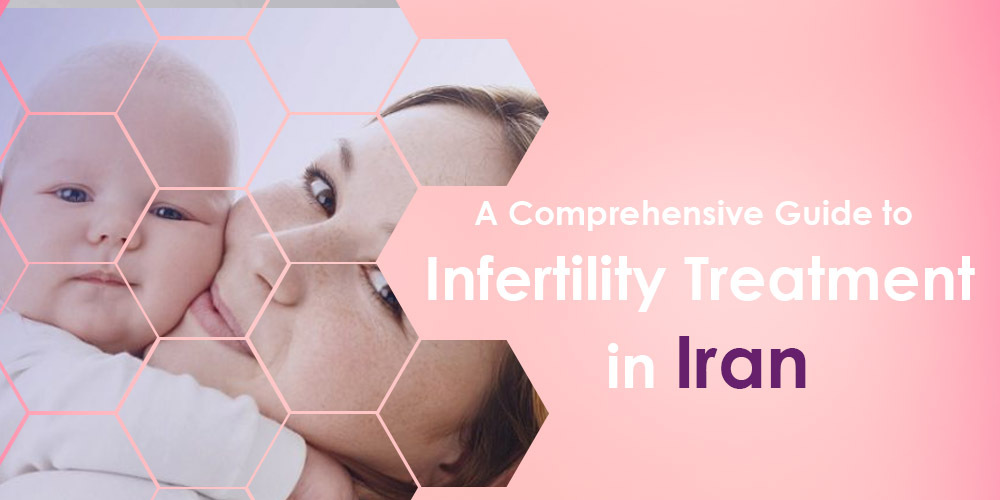
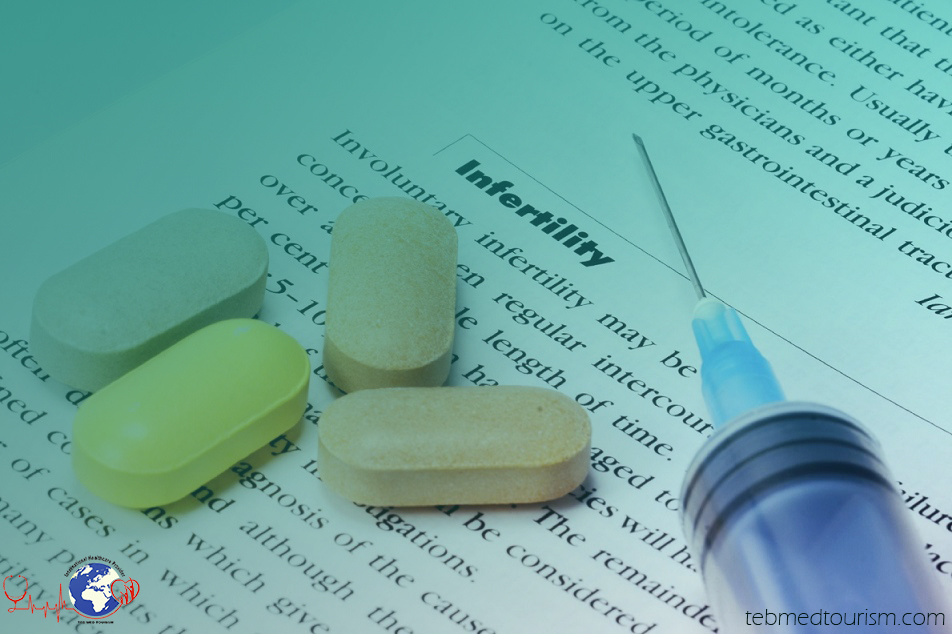
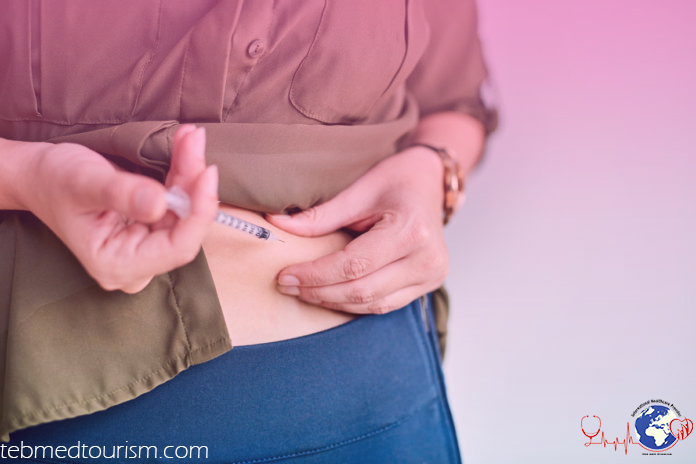
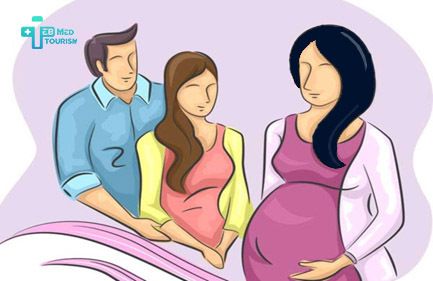

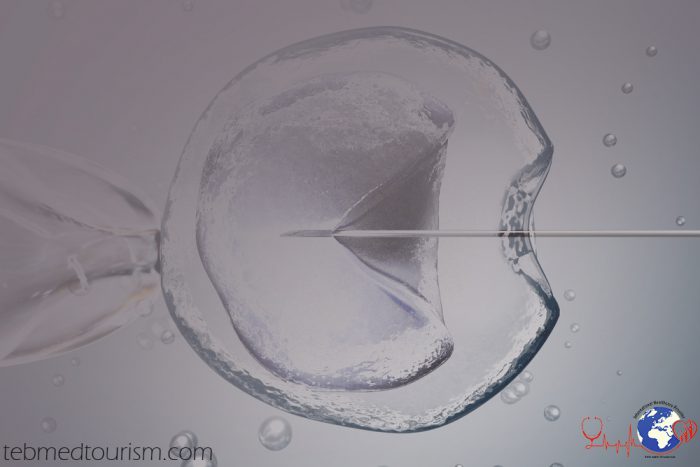 If you're seeking effective solutions for male infertility, ICSI may be the perfect fit for you. Consider the following factors that make individuals excellent candidates for this groundbreaking treatment: - Blockage preventing sperm ejaculation, such as vasectomy. - Utilization of frozen sperm, particularly if retrieved surgically from the testicles or epididymis. - Previous unsuccessful attempts with multiple IVF cycles. - Unexplained fertility issues when other treatments like IUI and IVF have not yielded desired outcomes. - Severe male-factor infertility. - Oligozoospermia (low sperm count). - Absence of sperm in semen but presence in testicular tissue through techniques like TESE or microTESE. - Abnormal sperm shape and structure. - Impaired sperm motility. - Abnormal sperm development.
If you're seeking effective solutions for male infertility, ICSI may be the perfect fit for you. Consider the following factors that make individuals excellent candidates for this groundbreaking treatment: - Blockage preventing sperm ejaculation, such as vasectomy. - Utilization of frozen sperm, particularly if retrieved surgically from the testicles or epididymis. - Previous unsuccessful attempts with multiple IVF cycles. - Unexplained fertility issues when other treatments like IUI and IVF have not yielded desired outcomes. - Severe male-factor infertility. - Oligozoospermia (low sperm count). - Absence of sperm in semen but presence in testicular tissue through techniques like TESE or microTESE. - Abnormal sperm shape and structure. - Impaired sperm motility. - Abnormal sperm development.
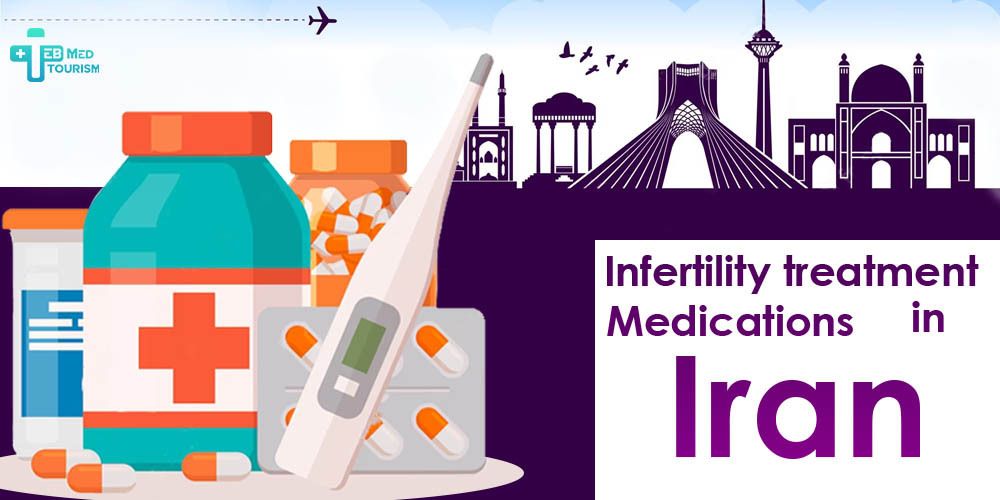 The good news is that many cases of infertility can be treated by taking medication. Doctors may prescribe hormonal medications to help regulate ovulation for women or improve sperm production for men. Iran has become self-sufficient in the field of producing medications and equipment needed for infertility treatment in the last few years.
The good news is that many cases of infertility can be treated by taking medication. Doctors may prescribe hormonal medications to help regulate ovulation for women or improve sperm production for men. Iran has become self-sufficient in the field of producing medications and equipment needed for infertility treatment in the last few years.
Comments & Questions